GIVE NOW before 2025 ends—your gift will be doubled to help children in need. Click here to 2x your impact!

Ranked nationally in pediatric care.
Arkansas Children's provides right-sized care for your child. U.S. News & World Report has ranked Arkansas Children's in seven specialties for 2025-2026.

It's easier than ever to sign up for MyChart.
Sign up online to quickly and easily manage your child's medical information and connect with us whenever you need.
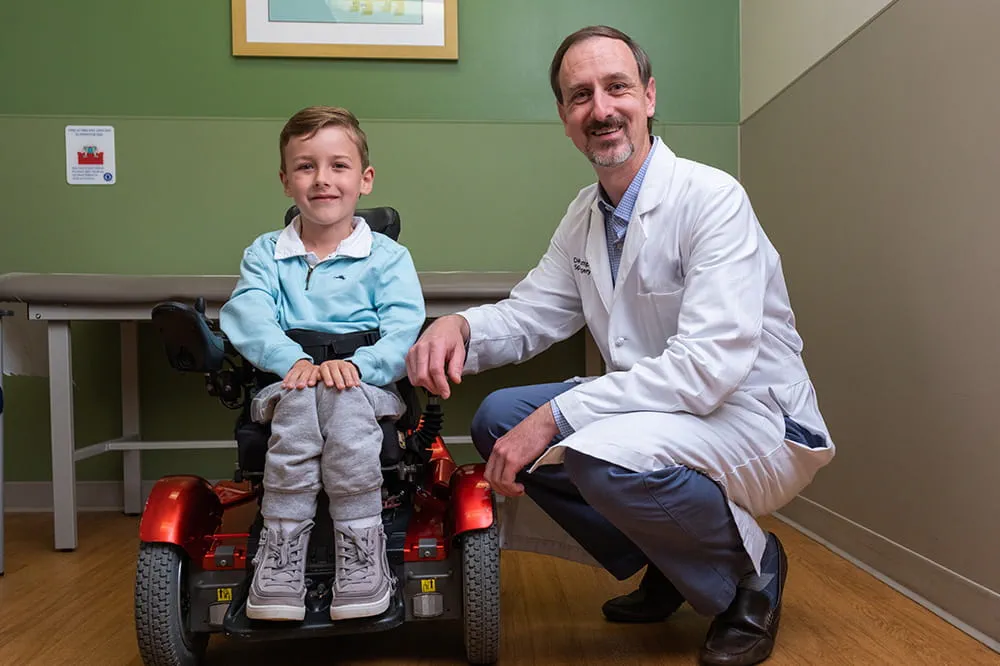
We're focused on improving child health through exceptional patient care, groundbreaking research, continuing education, and outreach and prevention.

When it comes to your child, every emergency is a big deal.
Our ERs are staffed 24/7 with doctors, nurses and staff who know kids best – all trained to deliver right-sized care for your child in a safe environment.

Arkansas Children's provides right-sized care for your child. U.S. News & World Report has ranked Arkansas Children's in seven specialties for 2025-2026.

Looking for resources for your family?
Find health tips, patient stories, and news you can use to champion children.

Support from the comfort of your home.
Our flu resources and education information help parents and families provide effective care at home.

Children are at the center of everything we do.
We are dedicated to caring for children, allowing us to uniquely shape the landscape of pediatric care in Arkansas.
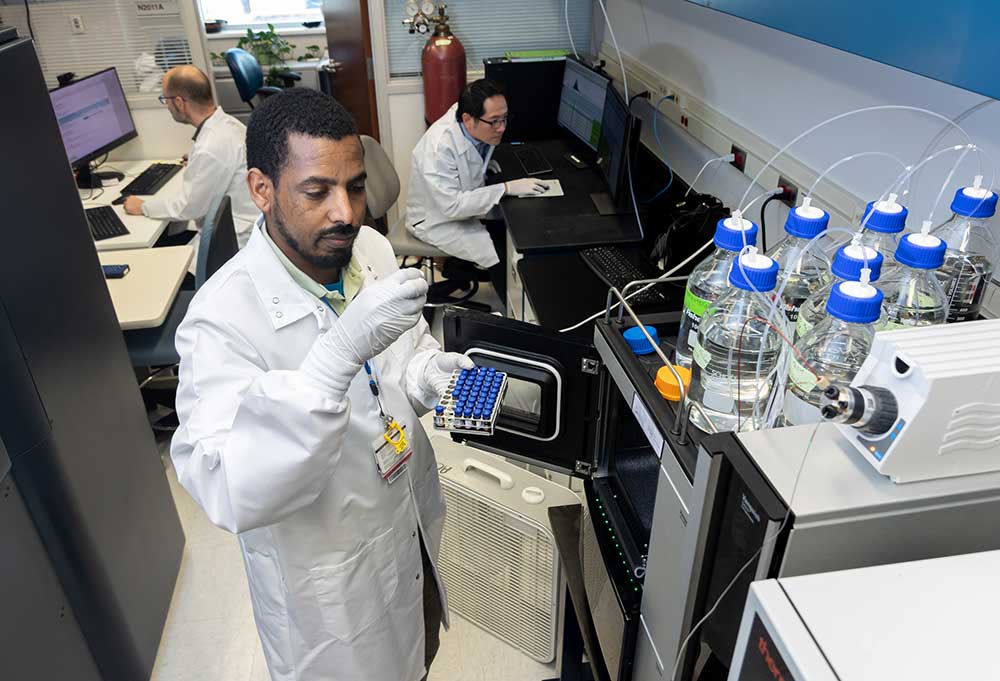
Transforming discovery to care.
Our researchers are driven by their limitless curiosity to discover new and better ways to make these children better today and healthier tomorrow.

We're focused on improving child health through exceptional patient care, groundbreaking research, continuing education, and outreach and prevention.
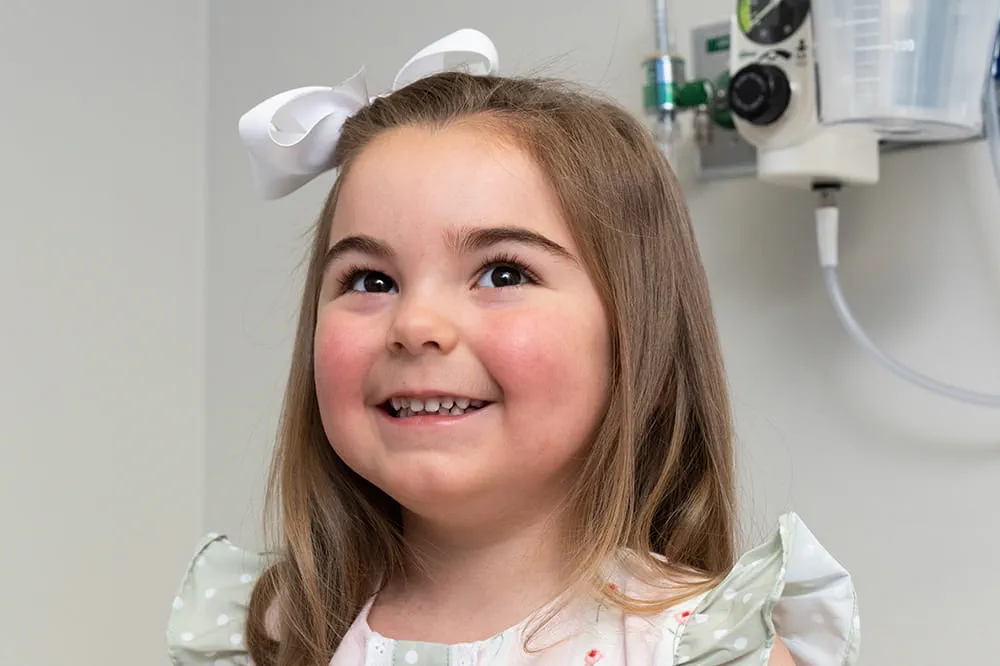
Then we're looking for you! Work at a place where you can change lives...including your own.

When you give to Arkansas Children's, you help deliver on our promise of a better today and a healthier tomorrow for the children of Arkansas and beyond

Become a volunteer at Arkansas Children's.
The gift of time is one of the most precious gifts you can give. You can make a difference in the life of a sick child.

Join our Grassroots Organization
Support and participate in this advocacy effort on behalf of Arkansas’ youth and our organization.

Learn How We Transform Discovery to Care
Scientific discoveries lead us to new and better ways to care for children.

Learn How We Transform Discovery to Care
Scientific discoveries lead us to new and better ways to care for children.

Learn How We Transform Discovery to Care
Scientific discoveries lead us to new and better ways to care for children.

Learn How We Transform Discovery to Care
Scientific discoveries lead us to new and better ways to care for children.

Learn How We Transform Discovery to Care
Scientific discoveries lead us to new and better ways to care for children.

Learn How We Transform Discovery to Care
Scientific discoveries lead us to new and better ways to care for children.
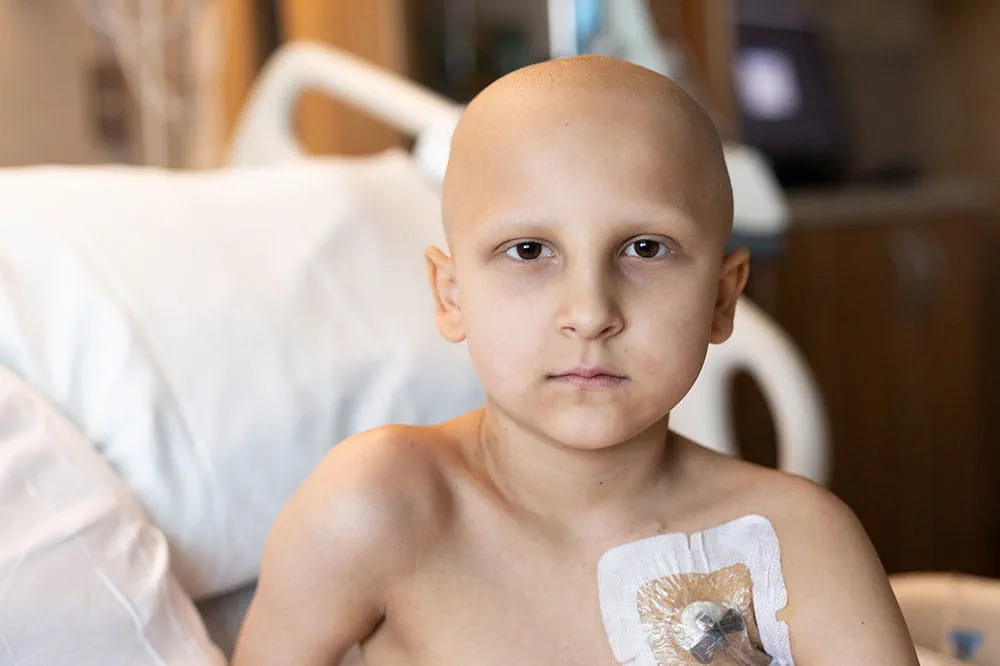
When you give to Arkansas Children’s, you help deliver on our promise of a better today and a healthier tomorrow for the children of Arkansas and beyond.
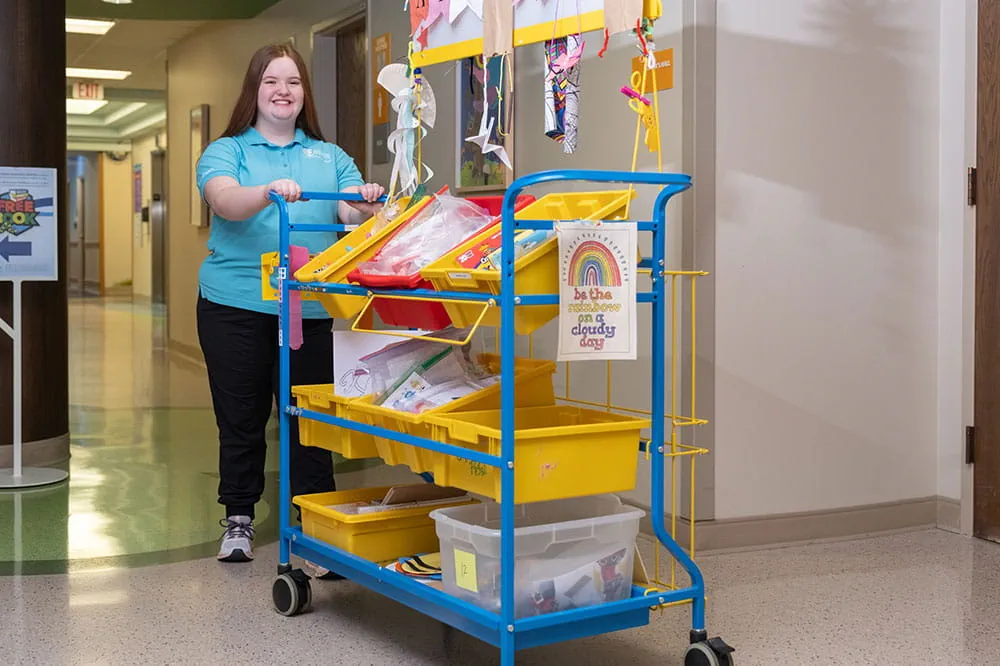
Your volunteer efforts are very important to Arkansas Children's. Consider additional ways to help our patients and families.

Join one of our volunteer groups.
There are many ways to get involved to champion children statewide.

Make a positive impact on children through philanthropy.
The generosity of our supporters allows Arkansas Children's to deliver on our promise of making children better today and a healthier tomorrow.

Read and watch heart-warming, inspirational stories from the patients of Arkansas Children’s.

Hello.

Arkansas Children's Hospital
General Information 501-364-1100
Arkansas Children's Northwest
General Information 479-725-6800

Kawasaki Disease
What is Kawasaki disease?
Kawasaki disease is an illness that causes inflammation of blood vessels throughout the body. In some cases, it can cause damage to the coronary arteries -- the blood vessels that deliver oxygen to the heart. This can cause a coronary aneurysm, an enlargement of the artery wall, which can lead to a blood clot and an increased risk of a heart attack.
Kawasaki disease usually affects children younger than 5, but in rare cases, it can affect older children or teenagers. Damage to the coronary arteries caused by Kawasaki disease can be temporary or long-lasting, and babies younger than 6 months have a higher risk of heart complications.
What are the symptoms of Kawasaki disease?
The first sign of Kawasaki disease in many children is a high fever. The fever may come and go but usually lasts at least five days. In some children, it can last up to a few weeks.
Other symptoms of Kawasaki disease include:
- Red, dry and cracked lips
- A red, swollen or bumpy tongue (also known as “strawberry tongue”)
- A rash, often on the chest, back or groin area
- Bloodshot eyes
- Swollen lymph nodes in the neck
- Red and swollen hands and feet
- Peeling skin on fingertips and toes
- Some children may also have joint pain, diarrhea, vomiting or stomach pain
Some children may not have all of the symptoms of classic Kawasaki disease, called incomplete Kawasaki disease. This is most common in babies younger than 6 months.
If your child’s doctor suspects Kawasaki disease, they may order blood testing to assess the level of inflammation in the body. Your child may also need an echocardiogram or electrocardiogram to check for heart and coronary arteries damage.
What causes Kawasaki disease?
Experts do not know the exact cause of Kawasaki disease. Some researchers suspect Kawasaki disease could be the result of an abnormal immune response to an unknown trigger. Children of Asian or Asian-American descent are more likely to get Kawasaki disease. Kawasaki disease is also more common in boys than girls. There may also be a seasonal aspect to Kawasaki disease, as it is more often seen in the winter and spring, however it is not contagious. Genetic factors may play a role in Kawasaki disease.
How is Kawasaki disease treated?
Treatment of Kawasaki disease is most effective when started within 10 days of symptoms. If treated early, your child is unlikely to have any serious heart complications. Your care team at Arkansas Children’s is experienced in treating Kawasaki disease and will work with you to develop the best treatment plan for your child’s specific symptoms.
Kawasaki disease is treated using intravenous immunoglobulin (IVIG), often in combination with a high dose of aspirin. In most children, the fever will go away after their first treatment of IVIG. If the fever returns, they may need further treatment.
If your child develops any heart problems, the doctor may suggest they take blood thinning medicine and low doses of aspirin.

Appointments
New and existing patients can visit our appointment hub for several ways to request an appointment, including online scheduling for many services.
Request an appointment
